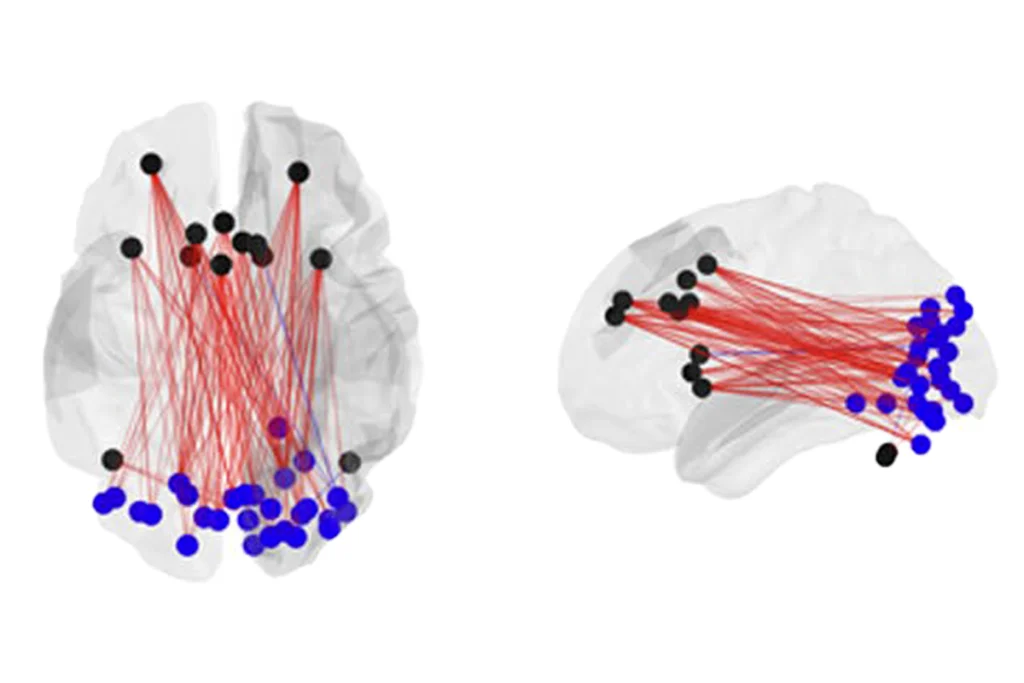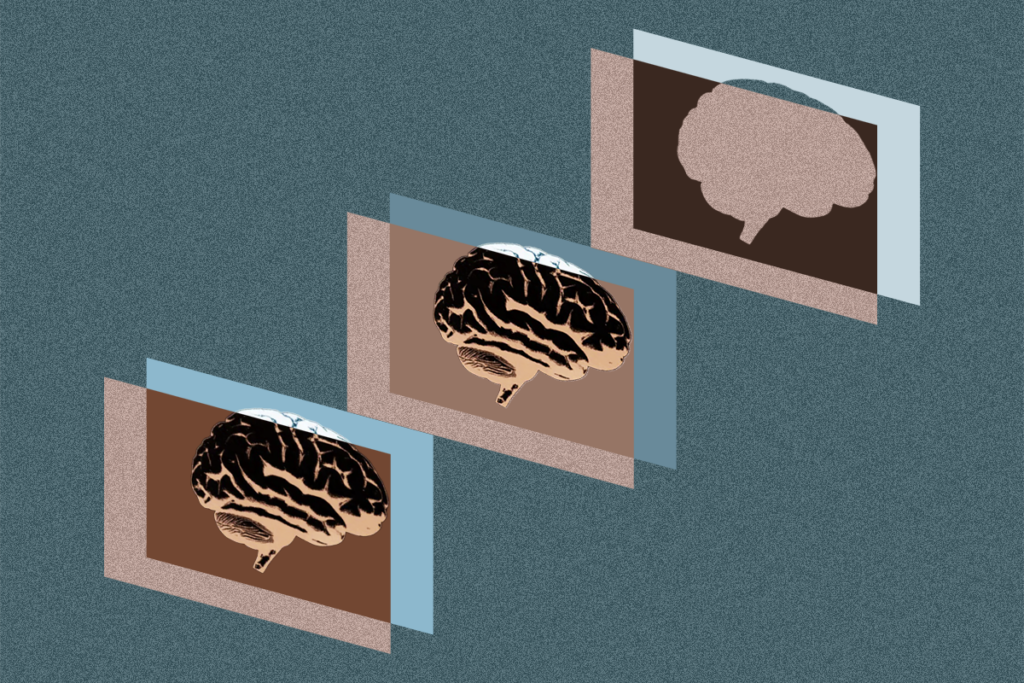
Gene on chromosome 16 may be valuable player in autism
Deleting one copy of a gene called MVP impairs the brain's ability to adapt to changes in the environment.
Editor’s Note
This article was originally published 17 November 2016, based on preliminary data presented at the 2016 Society for Neuroscience annual meeting in San Diego. We have updated the article following publication of the study 14 March 2018 in the Journal of Neuroscience1. Updates appear below in brackets.
Deleting one copy of a gene called MVP, or major vault protein, impairs the brain’s ability to adapt to changes in the environment. MVP is located within the chromosomal region 16p11.2, which is strongly linked to autism.
The unpublished findings, presented yesterday at the 2016 Society for Neuroscience annual meeting in San Diego, may explain why people with autism have trouble adjusting to new experiences.
The 16p11.2 region spans 29 genes. One copy of this segment is missing in about 1 percent of people with autism. Loss of a chunk of this region that includes just five genes is sufficient to cause the condition.
To understand how these five genes contribute to the condition, researchers led by Mriganka Sur at the Massachusetts Institute of Technology are removing each gene from mice one at a time.
In the new study, Sur’s team focused on MVP, which encodes a protein that transports proteins, drugs and other molecules into the nucleus of a cell. However, the gene’s role in brain function is poorly understood, says Jacque Pak Kan Ip, a postdoctoral fellow in Sur’s lab who presented the findings.
MVP gene expression levels rise in the mouse brain [11] to 28 days after birth, the researchers found. This window of time coincides with a so-called ‘critical period’ during which the strength of connections between neurons is shaped by experience, and the neurons form mature circuits. MVP is expressed throughout the brain’s cerebral cortex, or outer layer, and is found in excitatory neurons, which activate neuronal activity.
Missing piece:
The researchers made mice missing a copy of MVP. To study how loss of MVP affects the brain’s adaptability, or plasticity, they used a classic experiment. The experiment involves shutting one eye of a [25- to 28]-day-old mouse for a week to selectively deprive it of light during a critical period for vision.
In control mice, this manipulation increases [MVP protein levels, as well as] neuronal activity in the visual cortex — a sign that the brain has rewired to allow the functional eye to compensate for the closed one. The MVP mutant mice do not show this increase in neuronal activity.
“That means the animals fail to adapt to changes,” Ip says. “It’s like the regulation of cortical plasticity is impaired.”
The mutant mice also do not show the typical compensatory increase in excitatory signaling through AMPA receptors. Nor do they show an increase in the expression of a subunit of AMPA receptors.
To try to pin down the reason for these differences, the researchers examined the activity of proteins that MVP regulates. They found that the mutant mice show an increase in the activity of a protein called ERK, which is a member of a cancer pathway mediated by a protein called RAS. Altered signaling through this pathway contributes to autism risk.
The mice also have elevated levels of STAT1, a protein involved in immune function that can regulate plasticity in the visual system. [Reducing STAT1 levels after a week of eye closure increases the expression of the AMPA receptor subunit, the researchers found. It also partially restores the brain’s ability to increase neuronal activity and compensate for the closed eye.]
The researchers next plan to study whether mice missing MVP have any autism-like behaviors.
For more reports from the 2016 Society for Neuroscience annual meeting, please click here.
References:
- Ip J.P.K et al. J. Neurosci. Epub ahead of print (2018) PubMed
Recommended reading

How pragmatism and passion drive Fred Volkmar—even after retirement

Altered translation in SYNGAP1-deficient mice; and more

CDC autism prevalence numbers warrant attention—but not in the way RFK Jr. proposes
Explore more from The Transmitter
